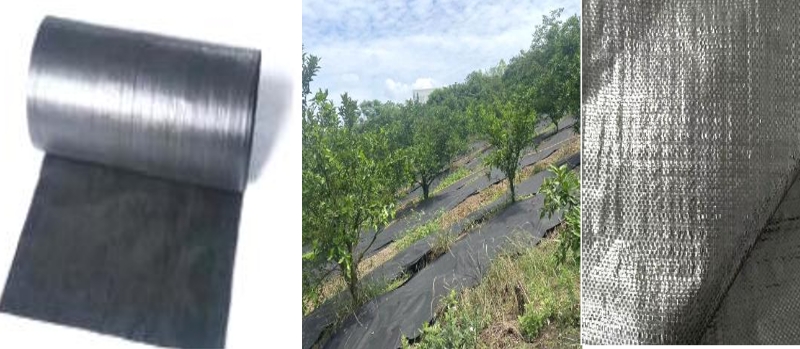
Weed Control in Orchard Planting: Application of Geosynthetics
Introduction
In orchard planting, weed growth not only competes with fruit trees for nutrients and water but can also become a breeding ground for pests and diseases, affecting the healthy growth of trees. Traditional weed control methods, such as manual weeding or chemical herbicides, are not only labor-intensive but may also have negative environmental impacts. In recent years, the application of geosynthetics in orchard weed control has gained attention for its efficiency and environmental friendliness, offering a new solution for orchard management.Role of Geosynthetics in Orchard Weed Control
Geosynthetics, such as weed control fabric (also known as horticultural fabric), are permeable but weed-resistant synthetic materials. They effectively suppress weed growth through physical barriers while allowing water and air to pass through, ensuring the normal growth needs of fruit trees. Compared to traditional weed control methods, geosynthetics offer the following advantages:1. Environmental Friendliness No need for chemical herbicides, reducing pollution to soil and water sources.
2. Durability: Weed control fabric has a long service life, typically 3-5 years, reducing repetitive labor.
3. Cost-Effectiveness: Although the initial investment is higher, it saves labor and chemical herbicide costs in the long run.
Application Methods of Weed Control Fabric
1. Ground Preparation: Before laying the weed control fabric, the orchard ground should be leveled, and existing weeds and debris removed.2. Laying the Fabric: Spread the weed control fabric between tree rows, ensuring complete coverage of exposed soil. The edges of the fabric should be secured with stakes or stones to prevent wind displacement.
3. Planting Fruit Trees: Cut holes in the fabric to plant fruit tree seedlings, ensuring roots can grow properly.
4. Maintenance: Regularly inspect the integrity of the fabric and repair any damage promptly to maintain its weed control effectiveness.
